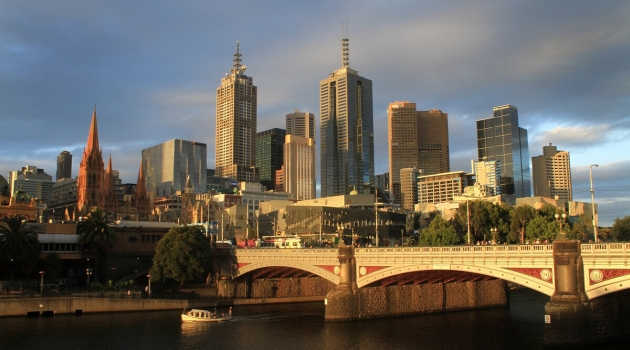A pilot project has been launched in one of Australia’s largest cities, where the beneficiaries, i.e. citizens, can comment directly on developments that fit the smart city concept.
The city of Melbourne, in collaboration with a research lab at local Monash University, has launched a pilot program to deploy an army of sensors to Argyle Square, home to the park and tramway. In addition to spreading smart technologies, public comment is also an important part of the project. By combining the two, management hopes to better understand the direction in which the city should go on the “getting smart” path.
The sensors that monitor the microclimate of the electricity used in the test, for example, are used to monitor the impact of volatile city weather conditions on passengers and carrier employees. For argyle yards, they take care of just about everything from the level of trash cans to measuring pedestrian traffic to the moisture content of different types of wood.
In addition to the installed sensors, QR codes have been placed, which can be scanned to give people detailed information about the technology used and the use of data collected in this way. In this way, “qualified” citizens can form an opinion about developments and make proposals for city administration as soon as the head is enlarged.
Digital Decomposition Working Group
It is no coincidence that Melbourne regularly tops The Economist’s list of most livable cities, as evidenced by another initiative that takes digitalization to the next level. To get rid of traffic congestion, a separate team has been established, whose members will be assisted by a group of sensors installed in important centers in the city to make appropriate adjustments in real time to reduce traffic congestion.
The team owes it to creating a $ 340 million Australian government fund to aid urban transport. At launch, they can count on the information of nearly 500 public cameras and about 200 sensors that transmit their data wirelessly, but an additional 200 cameras will be installed within a few months to get better coverage.
Work is also underway on smaller areas in other parts of Australia to build smart cities. The neighboring state of New South Wales, for example, has announced a subsidy plan that allows for the extension of digitization to include small towns with more modest budgets. Parramatta’s main street, with a population of 25,000, has access to adaptive lighting and irrigation systems, digital décor and USB stools.
The human factor
Back in Melbourne, engaging the public right from the start of the day just seems like a good idea because, with developments requiring this level of data offloading, not only money and technology can work at a bottleneck. Suffice it to mention the Toronto project that was cut short last year. The Canadian city worked with its Alphabet company for years to build a new, fully digitized neighborhood, but Google’s parent company eventually found it best to ditch the idea.
Although the alphabet was justified by the economic uncertainty caused by the Coronavirus, the realization of the hypermodern district required not only abundant investment resources but also to convince the city administration and residents, which were far from encirclement. Despite the many positives, it cannot be said that the plan was an overwhelming success on the ground. For some, it didn’t take long for the IT giant to start urban development (almost taking over from the municipality). On the other hand, others fear misuse of personal data.












































